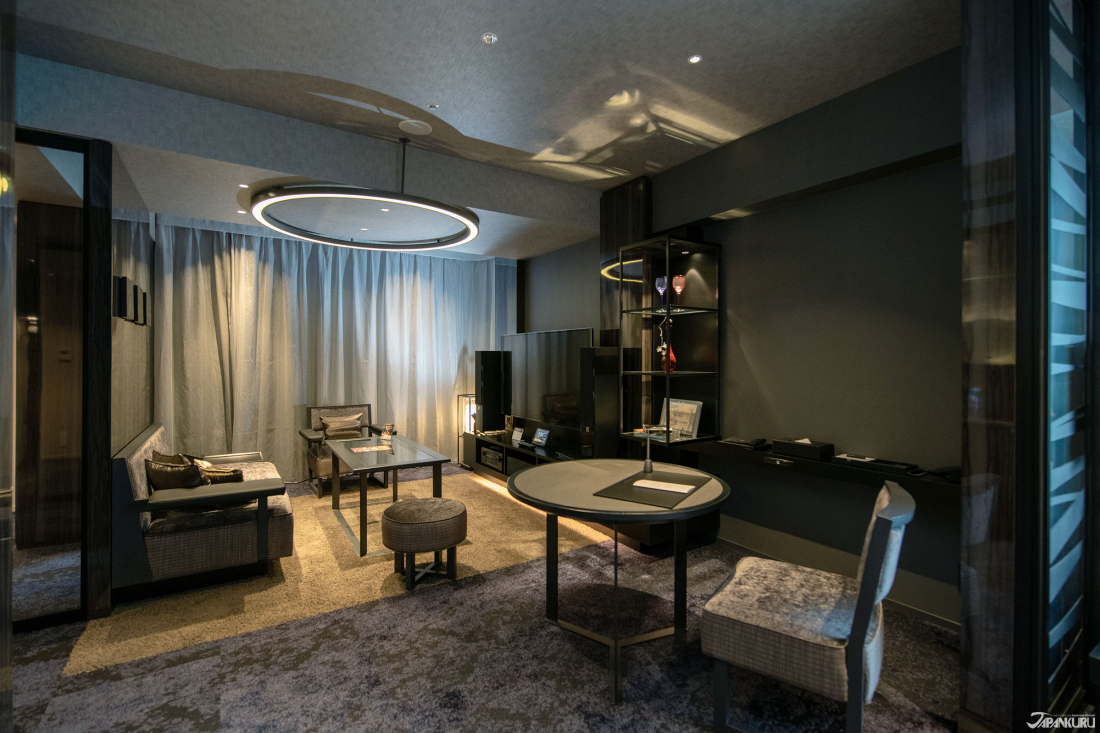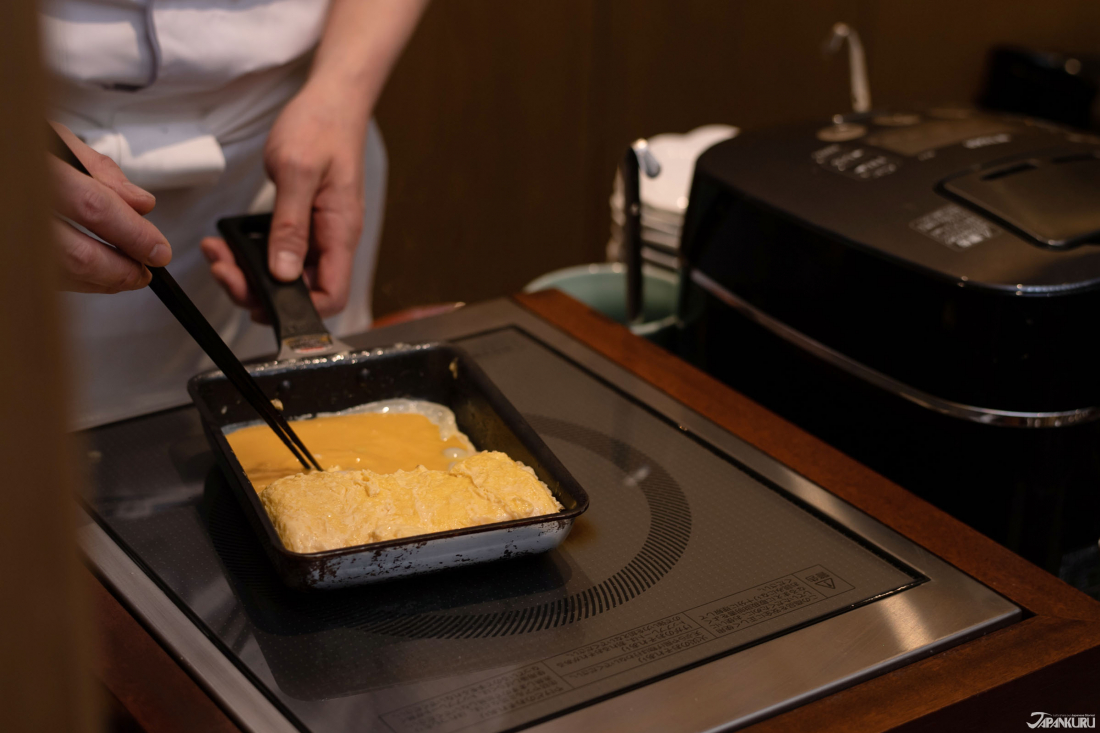
CONTENTS
Nihonbashi (日本橋) is known for being the marker or connecting point for Tokyo to other regions of Japan known as the five roads (gokaido), which was started by Tokugawa Ieyasu in the Edo era. Nihonbashi has been a center of cultural and commercial activities then, thus creating a new culture to the area becoming a place of business. Even currently due to its location being close to popular sightseeing spots such as Tokyo, Ginza, and Akihabara, Nihonbashi is one of the spots that foreign visitors recommend.
Nihonbashi (日本橋) is known for being the marker or connecting point for Tokyo to other regions of Japan known as the five roads ("gokaido"), which was started by Tokugawa Ieyasu in the Edo era. Nihonbashi has been a center of cultural and commercial activities then, thus creating a new culture to the area becoming a place of business. Even currently due to its location being close to popular sightseeing spots such as Tokyo, Ginza, and Akihabara, Nihonbashi is one of the spots that foreign visitors recommend.
There are many people who want to stay in Nihonbashi primarily for the location. When staying in Nihonbashi it is convenient to get around to each area of Tokyo easily. For those looking to stay in Nihonbashi, we would like to recommend the Mitsui Garden Hotel Premier Nihonbashi, which is a part of Japan's most well known hospitality companies. They boast offering luxurious services and set up, and having spacious rooms for guests that don't want to feel cramped like in some other hotel rooms in Japan. This particular hotel is directly connected to Mitsukoshi-mae Station and has the Nihonbashi Information Desk on the first floor. The hotel lobby on the ninth floor of the building with the hotel facilities going up to the 15th floor. It is truly a beautiful building suiting the Nihonbashi image.
Hotel Front & Lobby
One of the attractive points of the Mitsui Garden Hotels is the concept, which is decorated with various artifacts and works of art. For instance, here in the front lobby there ceiling lighting has a meaningful significance of being a motif of the river under the Nihonbashi bridge.
Hotel Rooms
Mitsui Garden Hotel Nihonbashi's Premier Room is one of the most luxurious rooms to represent Nihonbashi! Being overall a cozy room with a toned down feel, it is also decorated with a theme of Edo's classic designs with a luxurious twist. There are doors separating the living room and the bedroom but they are viewed as more than just that. The doors are actually a piece of art called the "drawing wave" expressing the movement and emotion of water.
The Double Room with a view of Tokyo Skytree. It is recommended for those that want wide beds, plenty of space, and a view of the city.
The Twin Rooms (rooms with twin size beds) are on floors 13-15, which still gives you a nice view of the city. You can enjoy the scenery of the main street of Nihonbashi on the side of the table where you can sit facing each other.
Their Corner Twin Rooms are located in the corner of the hotel giving a unique view that is different from other rooms. While less spacious compared to other rooms, the beds are still a nice size and comfortable.
Large Public Bath
The bathhouse is decorated in Hinoki cypress giving you a clean and crisp scent while you relax. Aside for just the large bath, there are a few lie-down baths in both baths (men's and women's), allowing you to lie down and soak.

*Bring towels from your room
*For those with tattoos, stickers to cover the tattoo(s) are available for free at the front desk.
The powder rooms feature cotton swabs, hair dryers, and skincare products, and in the women's room there is a massage chair. You can easily see Japanese people using this space as a place to relax and refresh.
Breakfast Buffet Restaurant Nihonbashi Asada (日本橋 浅田)
The hotel restaurant has a buffet-style breakfast that established in the old Kaga Domain of Kanazawa. Thus their menu features many traditional Japanese dishes native to the Kaga style.
*Asada (浅田)
Mitsui Garden Hotel Premier Nihonbashi 9F


Restaurant official page (JPN)
Cocktail BAR MATSU
If you combine all alcohol together, this bar has just over 100 kinds available. You can order from the menu or order something that you're in the mood for. It is a popular place to visit either before or after dinner with the large windows and terrace giving a beautiful view of Nihonbashi.
*BAR MATSU
Mitsui Garden Hotel Premier Nihonbashi 9F)

Official page
Nearby Sightseeing Spots
Mitsukoshi Department Store is Japan's leading department store, which has been recognized as an important national cultural property of Japan. It is a department store that boasts a long history of more than 100 years and is said to be the first place in Japan to accept western clothing culture. As it is a department store that grew up with history, there are many things to see inside the department store interior.
Nihonbashi has long been an image of the shopping streets of the rich. Coredo Muromachi was born, and it became a shopping street which is modern, neat, and can get a feel Japanese traditional culture at the same time. One can find many stores selling Japanese traditional area brands as well as Japanese desserts.
There is a shrine in Nihonbashi, minutes away from the hotel by the name of Fukutoku Shrine and has been around since the 9th century. It is known as being a "power spot" in Tokyo, popular for those hoping to win the lottery.
Mitsui Garden Hotel Nihonbashi Premier is one of Japan's key hotels located in one of Japan's main hubs. The hotel has a high reputation, plus its location ensures a pleasant stay during your busy trip.
★Mitsui Garden Hotel Nihonbashi Premier
Google Maps
Closest stations: Mitsukoshi-mae Station – Direct access
Shin-Nihonbashi Station – Direct access (Exit 1 or 3)
Tokyo Station – 11mins on foot
Be sure to look at JAPANKURU
Or add us on Instagram and Facebook to share your Japanese pictures
Details
NAME:Mitsui Garden Hotel Nihonbashi Premier
MAP
ACCESS:Mitsukoshi-mae Station
https://www.gardenhotels.co.jp/nihonbashi-premier/eng/?adid=Japankuru54
CONTACT TEL:03-3270-1131




































 >> Find out more at Japankuru.com! (link in bio)
#
>> Find out more at Japankuru.com! (link in bio)
#





 The Robot Restaurant is gone, but the Samurai Restaurant is here to take its place. Check it out, and don't forget your coupon!
The Robot Restaurant is gone, but the Samurai Restaurant is here to take its place. Check it out, and don't forget your coupon!
 신주쿠의 명소 로봇 레스토랑이 사무라이 레스토랑으로 부활! 절찬 쿠폰 발급중
신주쿠의 명소 로봇 레스토랑이 사무라이 레스토랑으로 부활! 절찬 쿠폰 발급중
 18歲以上才能入場的歌舞秀,和你想的不一樣!拿好優惠券去看看~
#tokyo #shinjuku #samurairestaurant #robotrestaurant #tokyotrip #도쿄여행 #신주쿠 #사무라이레스토랑 #이색체험 #할인이벤트 #歌舞伎町 #東京景點 #武士餐廳 #日本表演 #日本文化體驗 #japankuru #japantrip #japantravel #japanlovers #japan_of_insta
18歲以上才能入場的歌舞秀,和你想的不一樣!拿好優惠券去看看~
#tokyo #shinjuku #samurairestaurant #robotrestaurant #tokyotrip #도쿄여행 #신주쿠 #사무라이레스토랑 #이색체험 #할인이벤트 #歌舞伎町 #東京景點 #武士餐廳 #日本表演 #日本文化體驗 #japankuru #japantrip #japantravel #japanlovers #japan_of_insta
 코지마 x 빅 카메라 쿠폰으로 일본 가전 제품 쇼핑하기
#pr #japankuru #japanshopping #kojima #biccamera #japaneseskincare #yaman #dji #osmopocket3 #skincaredevice #日本購物 #美容儀 #相機 #雅萌 #日本家電 #일본여행 #면세 #여행꿀팁 #일본쇼핑리스트 #쿠폰 #일본쇼핑 #일본브랜드 #할인 #코지마 #빅카메라 #japankurucoupon
코지마 x 빅 카메라 쿠폰으로 일본 가전 제품 쇼핑하기
#pr #japankuru #japanshopping #kojima #biccamera #japaneseskincare #yaman #dji #osmopocket3 #skincaredevice #日本購物 #美容儀 #相機 #雅萌 #日本家電 #일본여행 #면세 #여행꿀팁 #일본쇼핑리스트 #쿠폰 #일본쇼핑 #일본브랜드 #할인 #코지마 #빅카메라 #japankurucoupon































 Oita Hello Kitty Airport
Oita Hello Kitty Airport  Lands April 13th
Lands April 13th






















